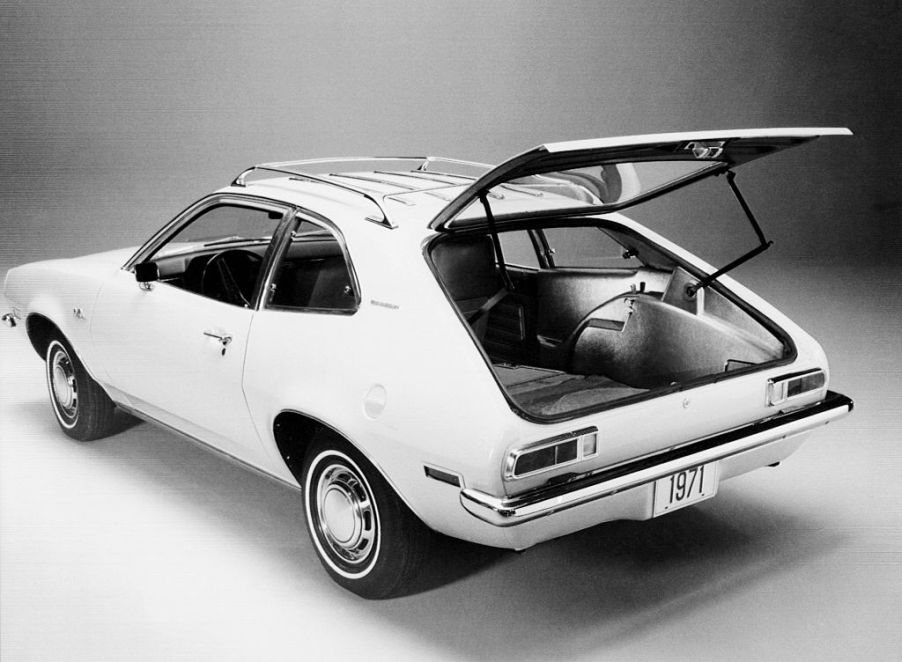
The 6 Biggest Lemons Ever Created
While several amazing cars have become consumer favorites over the years, many vehicles have failed to meet expectations. Whether it was attributed to the design, performance, or safety, the setbacks were too significant for buyers to overlook. These are six of the biggest lemons ever.
1. 1971 Ford Pinto
The 1971 Ford Pinto made this list because of its volatile nature. The car was not especially bad; it just had one big deal-breaker. No one wants to get in an accident. And the Pinto tended to burst into flames when involved in a rear-end collision.
To make matters worse, a memo revealed that Ford calculated the cost it would incur to reinforce the rear end at $121 million. Seeing how the $50 million in potential payouts to victims was way less, the company opted against rectifying the issue.
2. 2003 Hummer H2
At a time when General Motors was repossessing and crushing EV1 electric cars, it had an even larger failure. The Hummer H2 hit the market shortly after the tragic events of 9/11, when few people wanted to get their hands on a huge, militaristic looking car. Its fuel consumption did no favors either. A Southern California Hummer dealership even got set on fire. It doesn’t get worse than that.
3. 1958 Ford Edsel
Aside from the vehicle’s high price and costly fuel consumption, it was not that bad. This was a case of mismanaged expectations. The marketing Ford invested before the Edsel’s release raised the public’s expectations to a level the car could not meet.
The car’s design, specifically its front grill, was criticized. Add this with an expensive price in a market still recovering from a recession, as well as unattainable marketing promises, and you have all the elements that made the car fail.
4. 2004 Chevy SSR
GM’s 2004 Chevy SSR was made to be a great-looking hotrod truck with a convertible top and composite body panels. However, the mechanicals and chassis of the Chevy SSR were similar to those of GM’s SUV lineup. This equated to an underpowered, lazy, heavy vehicle. GM did try to improve the car over the years. However, first impressions are long-lasting, and the automaker couldn’t recover the lost credibility.
5. 2002 BMW 7-series
The auto industry can be unforgiving. Take the 2002 7-series by BMW. The car featured with intriguing technology, fast, and perfectly constructed. However, consumers did not find a few things pleasing.
One was its bubble butt design; the other was the iDrive, a dial controller placed on the vehicle’s center console. The dial allowed drivers to adjust settings like audio, climate, and navigation. The iDrive’s problem was its operational difficulty. Though BMW has improved the iDrive since then, it still poses challenges to some drivers.
6. 1997 Plymouth Prowler
Borrowing the Chip Foose retro-roadster design, the 1997 Plymouth Prowler had open wheels on its front end and a hotrod fuselage that was slung low. However, due to Chrysler managing costs, the Prowler was fitted with a 3.5-liter V6 25-hp engine. The lack of a manual transmission made the vehicle even less exciting. The Prowler’s features only highlighted its unachieved potential.


